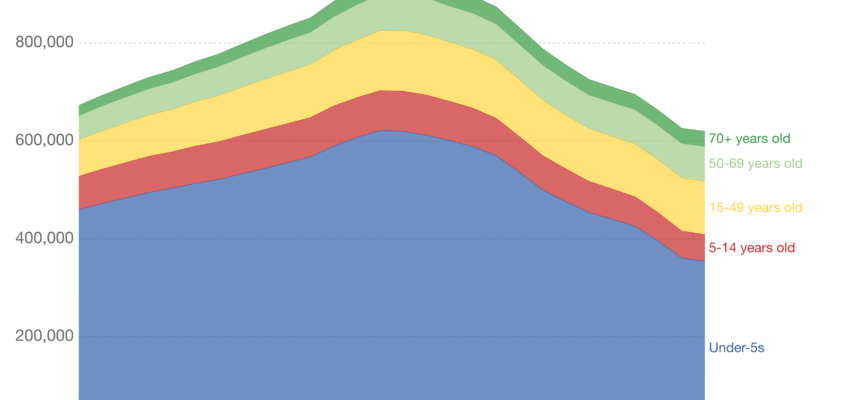Malaria is notoriously hard to vaccinate against. A new vaccine technology might change that.
There is still a long way to go, but RNA vaccines might help in the fight against malaria. One avenue for finally getting the upper hand in the fight against malaria? RNA vaccination, using some of the same principles as the Moderna and Pfizer/BioNTech coronavirus vaccines. For the past five years, researchers have been working to bring RNA vaccines to the fight against malaria. In 2018, one team at the Yale School of Medicine published early results suggesting that their RNA vaccine approach showed promise — in mice. Last month, a patent was approved for their approach.
Most vaccines use a dead or inactivated disease agent. RNA vaccines work differently: They inject the RNA instructions that our cells use to produce proteins. The cells then produce the proteins themselves and develop an immune response from there.
The last year — and the Covid-19 pandemic — has allowed a new approach to vaccines to burst into public awareness. The Pfizer/BioNTech and Moderna vaccines that have proven so effective against Covid-19 use RNA — the instructions our cells use to produce proteins. Instead of injecting you with a dead pathogen, mRNA vaccines inject a set of instructions for the body’s own cells. The body follows the instructions and prints key proteins — and then mounts an immune response to those unfamiliar proteins. This is the innovation on which the new malaria vaccine rests.
Reference: The malaria vaccine isn’t super effective. RNA technology might change that. – Vox
Relevance to RAM: Whilst encouraging the development of the “home-grown” vaccine at the Institute for Glycomics at Griffith University which RAM has supported, the novel approaches to vaccine development offered by the RNA technology represent a potential, and long overdue, new weapon in the fight against malaria.
Photo via Our World In Data.

